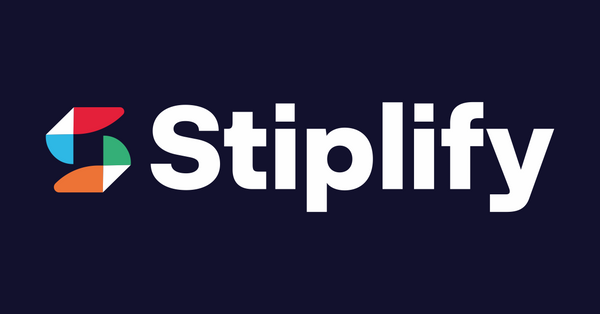
The Cookie Crumbles: A Privacy-First Future for Digital Marketing
Share
Cookies have long been the backbone of digital advertising, enabling targeted ads and personalized experiences. However, growing privacy concerns and regulatory changes have led to a shift towards a cookie-less future. In this blog post, we'll explore the implications of this shift and discuss strategies for adapting to a privacy-first world.
Why Do We Need Cookies?
Cookies are small text files stored on a user's device to track their online behavior. They enable:
- Personalized Experiences: Tailoring content and recommendations based on user preferences.
- User Authentication: Remembering login credentials and preferences across sessions.
- Ad Targeting: Delivering relevant ads to specific audiences.
- Analytics: Tracking website traffic and user behavior to improve performance.
The Decline of Third-Party Cookies
Third-party cookies, set by a domain different from the one being visited, have been particularly controversial due to their ability to track users across multiple websites.
- Privacy Concerns: Users are increasingly concerned about their online privacy and the extent to which their data is being collected and used.
- Regulatory Changes: Governments worldwide are implementing stricter data privacy regulations, such as GDPR and CCPA.
- Browser Restrictions: Major browsers like Chrome and Safari are phasing out support for third-party cookies.
A Privacy-First Future
The future of digital marketing is shifting towards a privacy-first approach, prioritizing user consent and data minimization.
Key Strategies for a Cookie-Less World:
-
First-Party Data:
- Leverage Your Own Data: Collect and analyze first-party data from your website, app, and CRM to gain valuable insights into your customers.
- Build Strong Customer Relationships: Encourage direct interactions with your brand through email subscriptions, loyalty programs, and social media engagement.
- Utilize Customer Data Platforms (CDPs): CDPs help unify and activate first-party data to create personalized experiences.
-
Contextual Advertising:
- Target Based on Content: Deliver ads relevant to the content a user is viewing, rather than their browsing history.
- Partner with Publishers: Collaborate with publishers to access their audience and serve contextual ads.
-
Privacy-Safe Targeting:
- Interest-Based Advertising (IBA) with Privacy Controls: Use anonymized user data and privacy-preserving techniques to target ads based on interests.
- Federated Learning of Cohorts (FLoC): This Google-proposed technology groups users into cohorts based on shared interests, without sharing individual browsing history.
-
Cookieless Analytics:
- Server-Side Tracking: Track user behavior on the server side to bypass browser limitations.
- Privacy-Friendly Analytics Tools: Use tools that prioritize user privacy and comply with data protection regulations.
-
Enhanced User Experience:
- Personalized Experiences: Offer personalized recommendations and content based on user preferences and behavior.
- Seamless User Journeys: Optimize website and app experiences to minimize friction and improve conversion rates.
- Transparent Data Practices: Be transparent about data collection and usage, and obtain explicit user consent.
Additional Considerations:
- Compliance with Data Privacy Regulations: Stay up-to-date with evolving regulations and ensure compliance with GDPR, CCPA, and other relevant laws.
- Ethical Data Practices: Prioritize ethical data collection and usage to build trust with your audience.
- Continuous Adaptation: The digital landscape is constantly evolving. Stay agile and be prepared to adapt to new technologies and strategies.
By embracing a privacy-first approach and leveraging innovative strategies, marketers can thrive in a cookie-less future.





